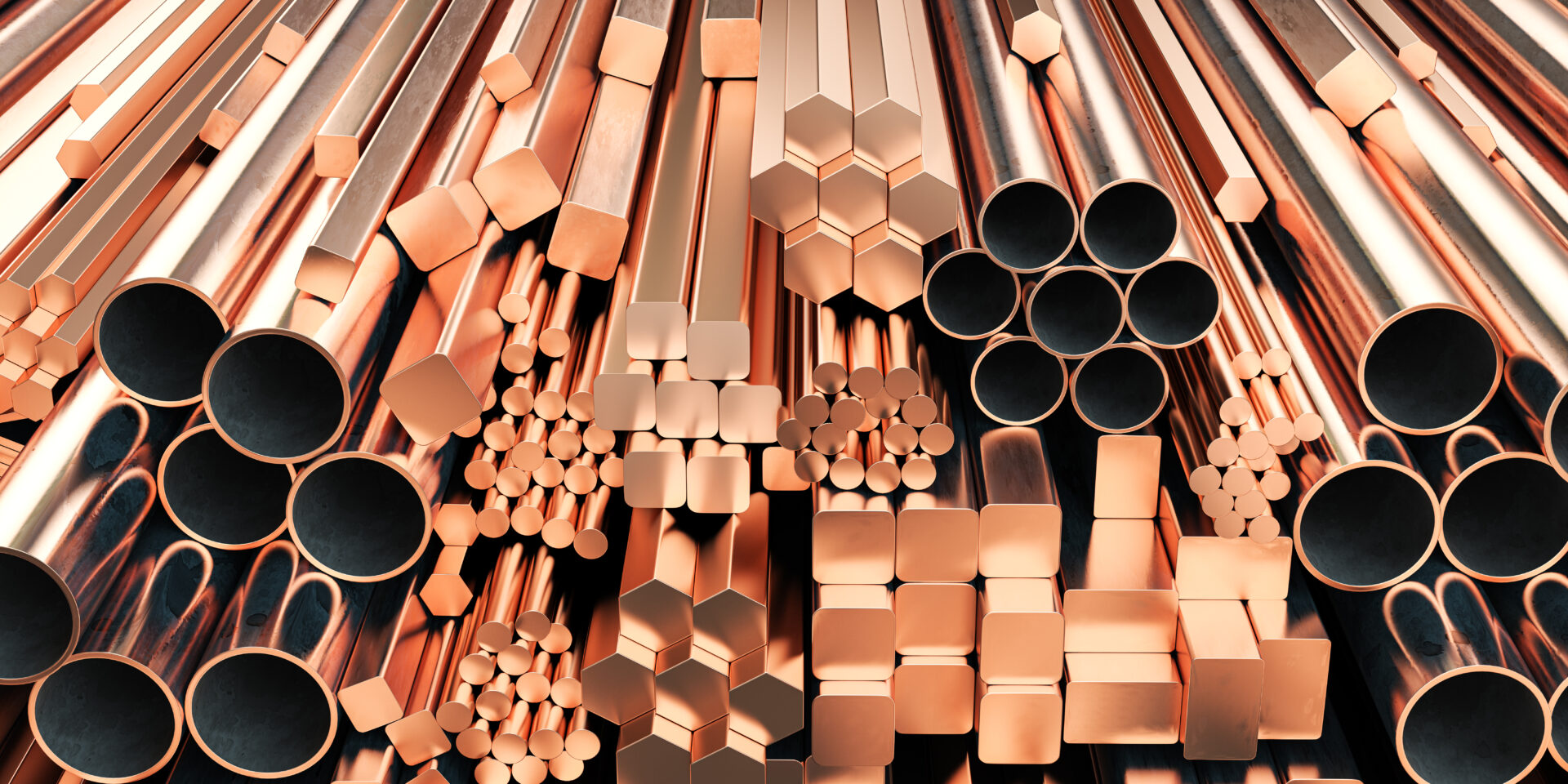
Everything You Should Know About Red Metals, Summarized
Whether you recognize them or not, red metals are everywhere. You probably encounter them on a daily basis. In fact, some of the most commonly used metallic materials are composed of red metal.
Statues, coins, electrical wiring, and industrial machinery all have one thing in common: they are made of red metal.
But what exactly is red metal, and what sets the different types apart? In this article, we are going to cover everything you need to know about red metal. So, let’s start with the basics:
What is Red Metal?
Red metal gets its name from the reddish tint of the material. Although the types of red metal differ in composition, they all contain copper.
The common alloys made of red metal are copper, brass, and bronze. These metals, despite all being considered red metals, have very different properties that we are going to discuss shortly.
Red metal is considered non-ferrous, which means it is inherently more resistant to corrosion than other ferrous metals, like iron. This makes it ideal for items that need to be resistant to rust.
Now, let’s delve into the process of how red metal is made.
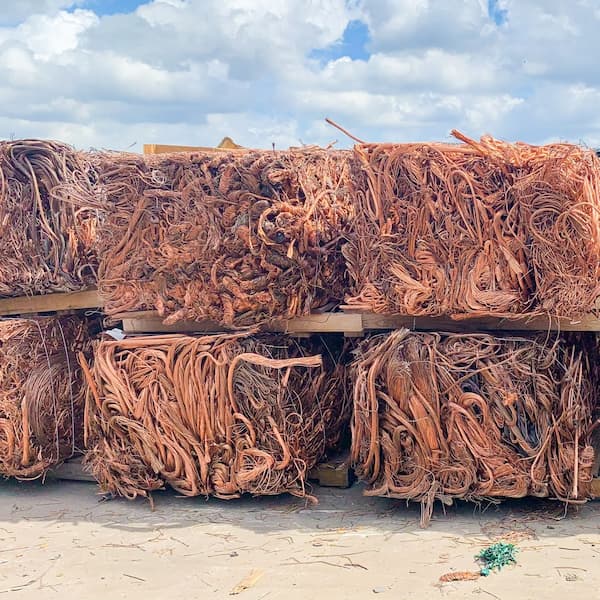
How are Red Metals Made?
The processes and applications of red metal have changed significantly over the years.
Most of today’s copper has been chemically combined with sulfur and extracted from sulfide ores. So, the copper is drawn out from the ores through processes of mining, concentrating, smelting, and refining.
After the completion of the process, the refined copper is then molded for its final application. From there, the copper can be used to make bronze or brass alloys.
As alloys, the process of manufacturing varies depending on their properties and the desired application, but it generally involves heating and cooling the material to melt and combine the alloys.
Now that we know the general process of how red metals are made from copper, it’s time to discuss some of the common types.
The Main Types of Red Metal
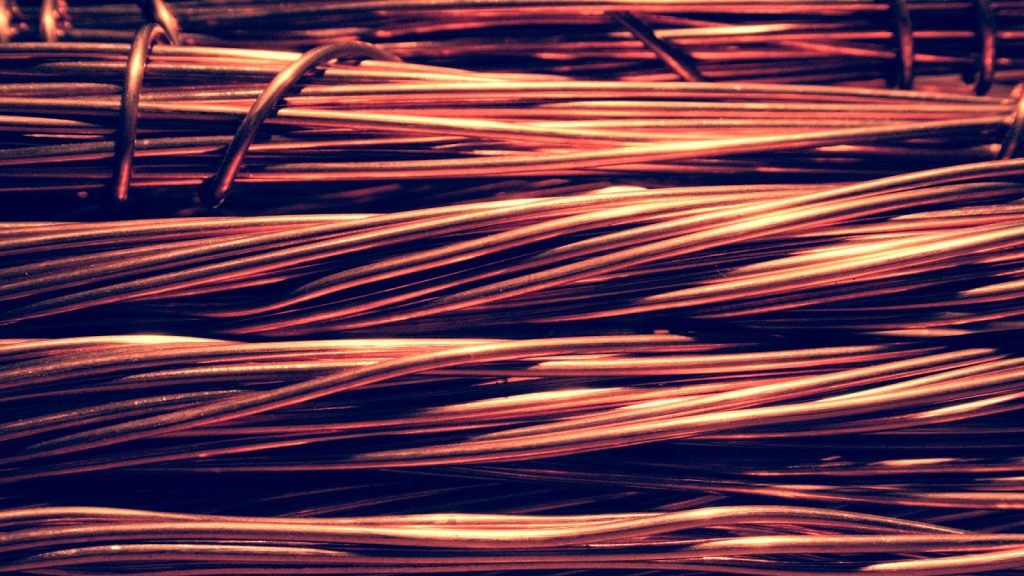
These metals differ based on inherent properties, applications, and environment. As we mentioned above, the unifying component of red metal is copper. So, let’s discuss copper and its properties first.
Copper
Copper was one of the first metals ever mined by early humans, and it is still one of the few metallic materials that can be directly used in its natural state.
The mechanical, electrical, and thermal properties of copper make it the ideal material for many uses. More specifically, the thermal and electrical conductivity of copper is very useful in the automotive, plumbing, and manufacturing industries.
Since copper is resistant to corrosion and bacteria, it is exemplary for frequently touched surfaces like countertops, doorknobs, bathtubs, and sinks. Also, its ability to withstand wet environments makes it the perfect material for plumbing and roofing applications.
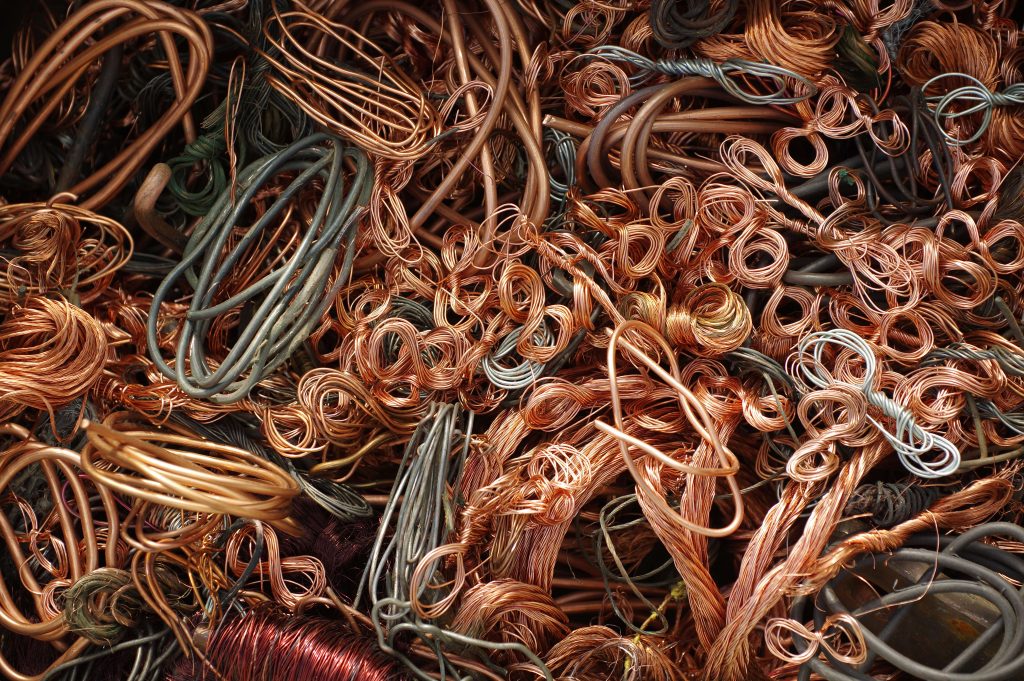
It is highly durable and malleable, so the uses and benefits of copper are numerous. The different grades of copper scrap are as follows:
#1 Copper
#1 Copper is valuable for scrap recycling because it is unalloyed, uncoated, and free of paint, tar, insulation, and solder. This makes the metal clean and easy to recycle and reuse.
Clean copper tubing is the most treasured type of scrap in the recycling industry. Scrap #1 copper tubing is typically used for plumbing and water line pipes, and it must be at least 1/16 of an inch in thickness. Since it is the purest form, #1 copper has a copper content of 99%.
#2 Copper
In contrast to #1 copper, this metal is considered unclean. Scrap #2 copper tubing may show signs of age and appear physically dirty.
It may have insulation, solder, paint, or other metals that have been oxidized mixed in with it. The minimum copper content of this type is between 94-96%.
#3 Copper
#3 copper is the lowest grade, and therefore has the lowest scrap copper price. Similar to #2 copper, it is considered more unclean than #2 Copper.
It may be contaminated with paint tar, solder, and other oxidized materials. #3 copper includes thin gauged copper sheets and has a minimum of 92% copper content.
Brass
Brass is created by combining zinc and copper with small amounts of other metals. It shares many of the same attributes as copper and bronze but at a lower comparable cost.
Similar to copper, this alloy is resistant to corrosion, has high durability, and is good for electrical conductivity. Its non-sparking qualities and malleability make it ideal for a number of applications in construction, manufacturing, plumbing, architecture, and more.
The color of this metal varies depending on the amount of zinc in the alloy. If more zinc is added, the brass can range in color from yellow to orange. Also, adding more zinc will make the metal stronger and more durable.
Bronze
Bronze is a copper alloy formed from a combination of tin and other elements like phosphorus, silicon, and aluminum. The copper component makes this red metal naturally resistant to corrosion, highly ductile, and thermally conducive.
Silicon bronze is about as strong as steel and has high corrosion resistance like bearing bronze. They are both resistant to wear and have low friction. It is often used in industrial applications like bearings and bushings.
Red Metal Quality and Recycling
Since red metals can be used across numerous industries, they are valuable for copper recycling. Copper is able to be recycled without losing any quality, and the sustainability of red metals is very important in world use.
Quality is of the utmost importance for red metal scrap. Selling and recycling red metal involves more processing nowadays than in the past.
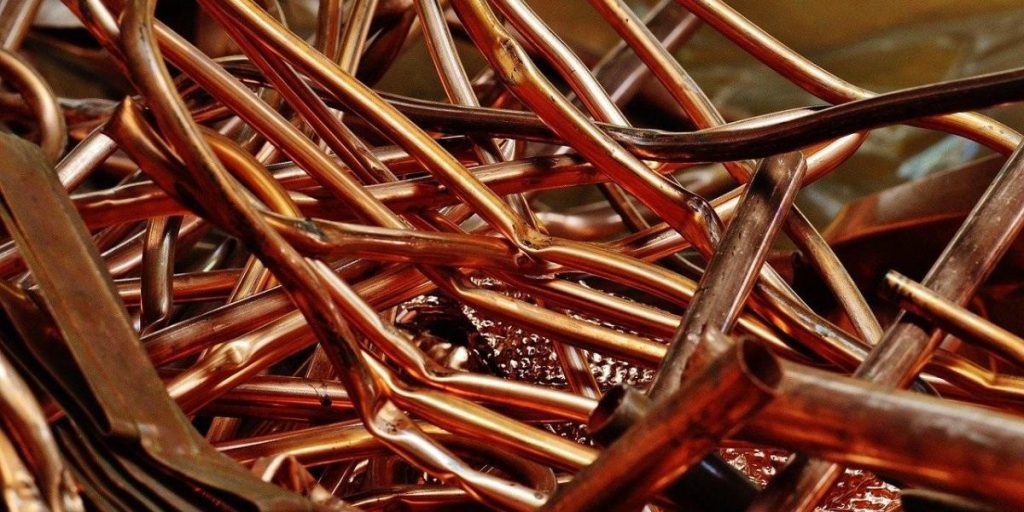
Red Metal and Scrap Recycling
Now that we have covered everything you need to know about red metal, you may be wondering where you can recycle your scrap metals.
GLE Scrap Metal is a full-service recycling company that provides scrap recycling in Michigan and Florida.
Our experienced scrap metal recyclers buy and process all grades of metal. We provide scrap metal recycling services to demolition companies, private businesses, and the general public.
Increase the value of your scrap metal by contacting GLE on our website or calling us at 855-SCRAP-88
Check out our Vice President featured in an article on Recycling Today discussing red metal.



